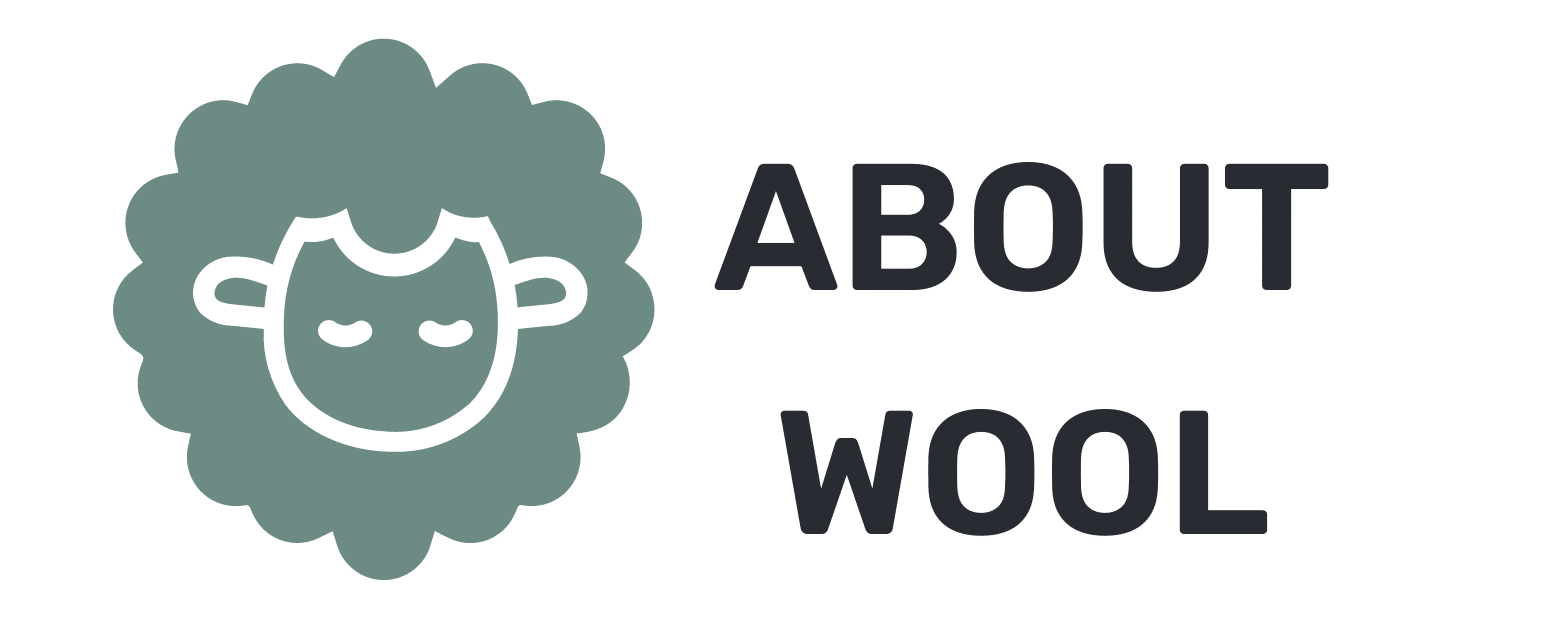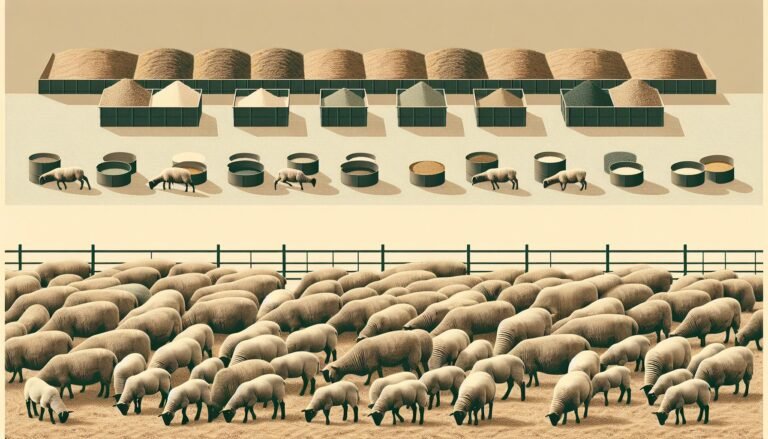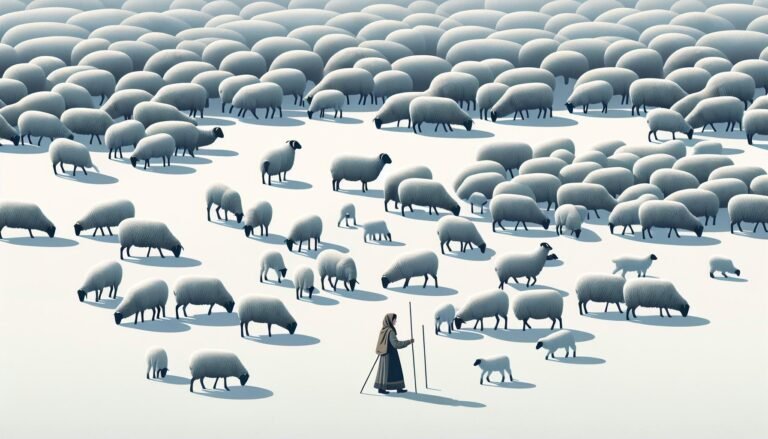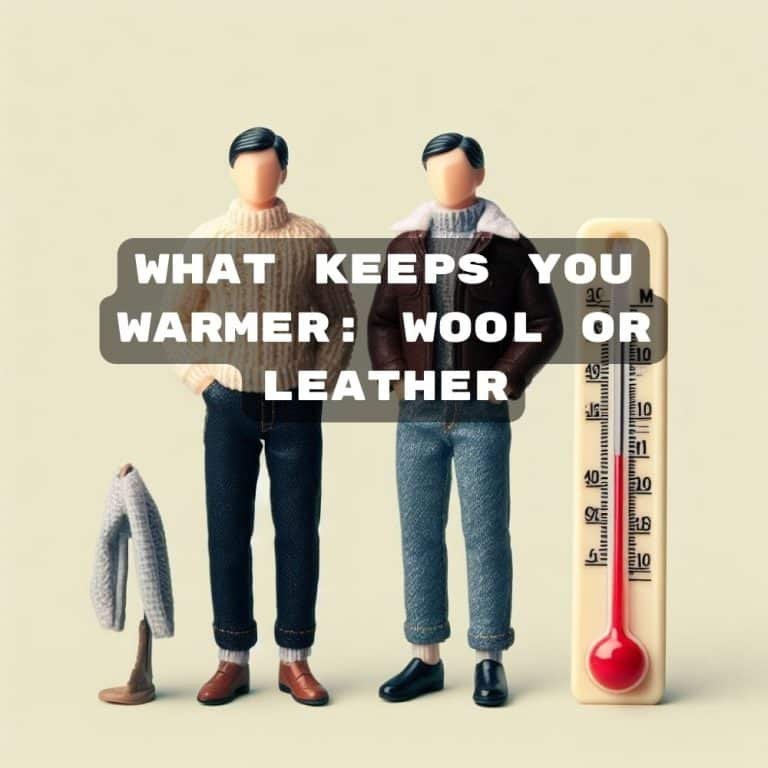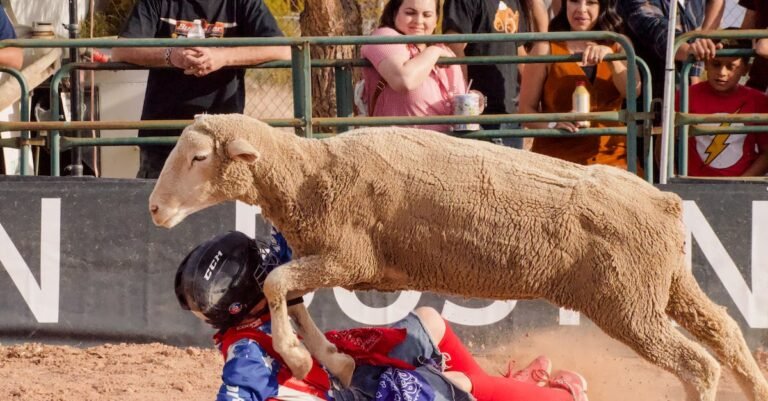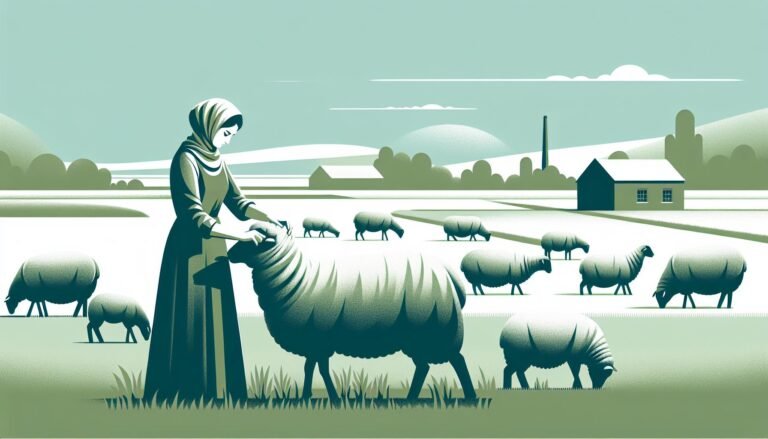Fact or Myth: Do Sheep Remove Their Own Teeth? Understanding Sheep Dental Anatomy
Ever found yourself wondering, “Do sheep remove their own teeth?” It’s an odd question, I know, but it’s one that’s intrigued many a farmer and sheep enthusiast alike.
In this article, we’ll delve into the world of ovine dental health. We’ll explore whether sheep have the ability or even the need to remove their own teeth.
So, if you’ve ever been curious about the dental habits of these woolly creatures, stick around. This is going to be an enlightening read.
Key Takeaways
- Sheep belong to the herbivorous family of chewers known as ruminants, with a unique dental system tailored to their grazing lifestyle.
- Sheep do not remove their own teeth. Their teeth change naturally over time due to a shedding and replacement process, rather than through removal.
- Dental health in sheep plays a significant role in their overall well-being. Bad dental health can lead to malnutrition, weight loss, and even premature death.
- Farmers play an essential role in managing sheep’s dental health. Regular examination and knowledge of the sheep’s unique dental anatomy are crucial in this regard.
- Sheep’s teeth wear down over time due to constant grazing, and their age can, therefore, be determined by examining their lower front teeth.
- Despite their hardy teeth and grazing lifestyle, sheep can still face dental problems. Early detection and treatment are key in these situations.
The Anatomy of Sheep Teeth
When it comes to understanding if sheep can remove their own teeth, it’s essential to take a closer look at sheep dental anatomy. Sheep are unique creatures and their dental system is no exception.
Sheep belong to the family of herbivorous chewers known as ruminants. They’ve evolved over millennia to have a dental system that’s perfectly tailored to their grazing lifestyle.
At birth, lambs are usually toothless. They soon develop milk teeth, similar to many mammals. A sheep’s lower jaw typically contains eight incisors. Interestingly enough, sheep are pretty different from us in one unique aspect – they don’t have upper incisors. Instead, they have what’s referred to as a ‘dental pad’. This is a hard, gum-like surface that’s ideal for grinding down grass and other vegetation.
Over time, the lamb’s milk teeth are replaced by permanent teeth. As the sheep ages, these permanent teeth can wear down due to constant grinding of vegetation. This is a normal part of the aging process for sheep and does not cause discomfort.
Sheep don’t have the need or ability to remove their own teeth. It’s uncommon for sheep to suffer from dental issues like cavities or gum disease that might lead to tooth loss in other animals. However, the age of a sheep can be determined by examining their lower front teeth, as they change significantly over time.
Here is a brief overview of the sheep dental timeline:
| Age | Dental Development |
|---|---|
| At birth | Toothless |
| Few weeks | Milk teeth appear |
| 2-3 years | Permanent teeth replace milk teeth |
| 3+ years | Permanent teeth start to wear down |
The next section of this article will illuminate more on the reasons behind the inability and unnecessary need for sheep to remove their own teeth.
The Natural Shedding Process
The process of teeth changing in sheep, quite intriguingly, revolves around natural shedding and replacement, not removal per se. This fascinating system allows sheep to maintain functional teeth throughout their lifetime.
When newborn lambs come into the world, they start their journey with a set of 8 baby, or ‘milk’ teeth. They’re small and fragile, not as robust as their adult counterparts.
As lambs develop into yearlings — usually around 12 to 18 months — these milk teeth start to loosen. They’re naturally pushed out of the gums by the growth of permanent teeth. This transition period is marked by both sets of teeth being present concurrently. It’s not painful for the sheep. Instead, it’s a necessary process that facilitates their transition from a diet primarily of milk to one of vegetation and solids.
Gradually over a period of time, all the milk teeth are replaced by stronger, permanent ones. These adult teeth are designed to withstand the wear and tear of a sheep’s grazing lifestyle.
To visualize this process clearly, here’s a summarized table outlining the stages of teeth development in sheep:
| Age | Teeth Development |
|---|---|
| Birth-1 Year | Milk teeth visible |
| 1-2 Years | Transition phase, milk teeth falling out and adult teeth emerging |
| 2+ Years | All adult teeth visible, no milk teeth remaining |
Something captivating about this system is that it doesn’t just stop at the shedding of milk teeth. The change in the lower front teeth is a continual process as the sheep ages. These teeth often exhibit significant wear and shape changes throughout their lifetime, giving us a detailed insight into the sheep’s age.
Even though sheep do not ‘remove’ their own teeth, their dental anatomy facilitates a continual cycle of shedding and growth. This natural process ensures that their grazing lifestyle doesn’t lead to significant dental problems, and it allows their health to remain robust in any environment.
Remember, it’s essential to keep track of this natural shedding process. A sheep’s oral health plays a significant role in its overall wellness, and understanding their unique dental anatomy can greatly improve their care and management.
Do Sheep Remove Their Teeth?
When we ask if sheep remove their own teeth, the simple answer is no. Sheep, unlike some creatures in the animal kingdom, don’t have the physical ability or need to extract or “self-pull” their own teeth. As creatures of pasture, their unique dental structure is carefully fashioned to perfectly catering their routine of grazing. They don’t need dentist visits, teeth pulling tools, or oral care products like humans do.
Remember, sheep do not possess upper incisors. Instead, a specialized hard, dental pad resides in place. Helping them grip and grind down their grassy meals with simplicity. This marvelous evolution permits them to feed effectively while minimizing the impact of constant grazing on their dental health.
Let’s now delve into the replacement of teeth in sheep. Born with a set of 8 milk teeth, these primary players are slowly but surely replaced by stronger, permanent counterparts as the sheep matures. It’s within this transition that each set of teeth are present concurrently for a particular period. This isn’t a removal process, but a natural shedding.
| Sheep Age | Milk Teeth | Permanent Teeth |
|---|---|---|
| Lamb | 8 | 0 |
| Adolescent | 4-6 | 2-4 |
| Adult | 0 | 8 |
While observing these toothed transitions, keep note that lower front teeth change significantly as sheep age. Paying attention to these transformations provides some insight into their age. A crucial point in sheep farming to improve herd management efficiency.
Stick around to uncover more fascinating aspects of sheep’s dental anatomy. From lambs to adults, this continual cycle of teeth changing shields sheep against significant dental problems, maintaining their winning smiles for their knife-edged grazing lifestyle.
The Role of Farmers
Farmers play a crucial part in sheep dental health, although sheep don’t possess the capability to remove their own teeth. It’s their responsibility to ensure proper dental care which is pivotal for overall health and productivity.
Sheep predominantly have a unique dental anatomy which requires minimal maintenance. But, their teeth can wear down over time due to friction from their grazing lifestyle. Therefore, it necessitates periodic dental examinations by farmers. If dental issues are neglected, it can lead to complications like malnutrition or infection.
The dental timeline of sheep I previously outlined shows how teeth change throughout their lives. Age determination based on this timeline is often a task left to the farmer. By understanding these changes, farmers can ensure their herds are matched to the most suitable grazing pasture for their age and dental condition. This can result in the enhancement of overall health and longevity for their sheep.
Furthermore, lamb management involves the monitoring of milk teeth. A range of eight baby teeth comes to the forefront of the lamb’s quality of life. Young lambs may face challenges if their milk teeth fail to shed at the appropriate time. Farmers intervene in this process only when necessary to aid the natural transition from milk teeth to permanent teeth.
While sheep don’t have upper incisors and instead use their hard dental pad to grind down grass, recognizing changes over time in the lower front teeth is another important farmer role. Observation kills two birds with one stone — farmers not only keep abreast with their sheep’s dental health but can also deduce the age based on teeth changes.
Essentially, understanding the sheep’s natural shedding process assists farmers in improving their herd management strategy. Efforts to maintain good dental health in sheep are beneficial in the long run for farmers, the sheep themselves, and the whole agricultural chain.
Dental Health in Sheep
The dental health of sheep involves more than just tooth transitions and growth patterns. It fundamentally affects their overall well-being, and to an extent, their longevity.
Healthy teeth allow sheep to adequately masticate their food, which in turn aids in digestion. Bad dental health, on the other hand, can lead to weight loss, malnourishment, and even premature death, placing a direct link between dental health and a sheep’s capacity to thrive.
While sheep have adapted to a grazing lifestyle with hardy teeth, they can still suffer from a range of dental problems. Farmers and shepherds play an essential role here, overseeing the oral health of their herds. Regular check-ups are key, with a strong emphasis on early detection and treatment of potential issues.
Monitoring the oral health of sheep can be challenging. However, understanding the symptoms of common dental issues can be helpful. For example, a sheep with a broken or missing tooth might eat less or have trouble eating, drool excessively, or drop food from its mouth. Changes in behavior, such as appearing lethargic or spending less time grazing than usual, can also signify dental problems.
Moreover, there are specific dental problems that sheep can face, including broken teeth, missing teeth, and overgrown teeth. Broken or missing teeth can make it difficult for the sheep to eat, while overgrown teeth can cause discomfort and even deformities.
In cases like these, a breach in the natural shedding and replacement cycle of the sheep’s teeth necessitates intervention, often in the form of some veterinary dental work. Farmers need to have a solid grasp of their herd’s dental timelines to ensure each sheep gets appropriate care for their age and dental development stage.
With a good understanding of sheep dental anatomy and its crucial link to their overall health, farmers can improve their herd management strategies. This knowledge not only aids farmers in fulfilling their responsibility but also enriches their partnership with veterinarians and other agricultural professionals to ensure that their herd thrives, day in and day out.
Conclusion
So, sheep don’t remove their own teeth. It’s a natural shedding process that’s part of their unique dental anatomy. Their teeth are tailored to their grazing lifestyle, with a dental pad and lower incisors that change as they age. This continual cycle of shedding and growth keeps their teeth in check, minimizing dental issues.
Farmers play an essential role here. They’re responsible for dental check-ups, tackling any dental problems, and ensuring the transition from milk teeth to permanent ones happens smoothly. They can use the dental timeline to gauge the age of their sheep and manage their herd effectively.
Dental health is crucial for a sheep’s well-being. Healthy teeth mean proper digestion and nutrition, while dental issues can lead to weight loss and even premature death. By understanding sheep dental health, farmers can collaborate with vets to keep their herds healthy and thriving.
